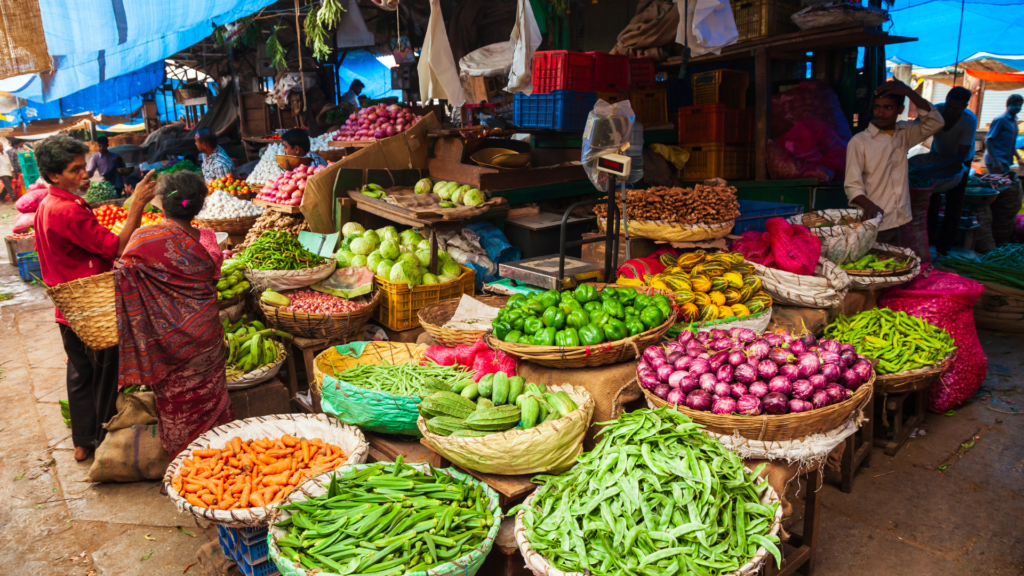India’s Food Inflation Expected to Fall
India’s food inflation, a significant concern for the economy, is expected to fall in the coming months. This anticipated decline is primarily due to favorable conditions such as good harvests and replenished water levels from monsoon rains.
The Role of Monsoon Rains

The southwest monsoon, a critical factor for India’s agricultural sector, has performed well this season. This has led to the successful cultivation of summer-sown crops, contributing positively to the reduction in food inflation. The abundant rainfall has not only boosted crop production but has also helped in replenishing water levels in reservoirs, which is vital for future irrigation and crop cycles.
Impact on Retail Inflation
In July, retail inflation in India fell to a near five-year low of 3.54%. This significant drop is largely attributed to a base effect, where previous high inflation figures made the current figures appear lower. Food inflation, which makes up nearly half of the retail inflation basket, eased to 5.42% in July from a concerning 9.36% in June. This reduction is a positive sign for consumers, as it indicates a decrease in the prices of essential food items.
Central Bank’s Stance
Despite the optimistic outlook, the central bank remains cautious. The Reserve Bank of India (RBI) has warned that if high food prices persist, it may need to adopt a more cautious monetary policy. The central bank’s primary concern is that sustained high food prices could fuel overall inflation, leading to tighter monetary conditions that could slow down economic growth.
Global Demand and Export Dynamics
India’s strong agricultural output has not only affected domestic inflation but has also played a role in boosting the country’s goods exports. The global demand for Indian agricultural products has been robust, contributing to a positive trade balance. However, this has been offset by an increase in imports, driven by strong domestic demand for goods and services.

India’s food inflation is on a declining trend, thanks to favorable monsoon rains and a good harvest season. While this is a positive development, the central bank’s cautious stance indicates that the situation must be monitored closely. Strong global demand for Indian goods further highlights the importance of the agricultural sector in the country’s economy.
